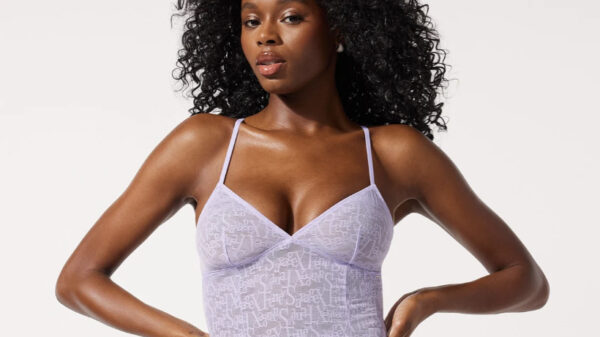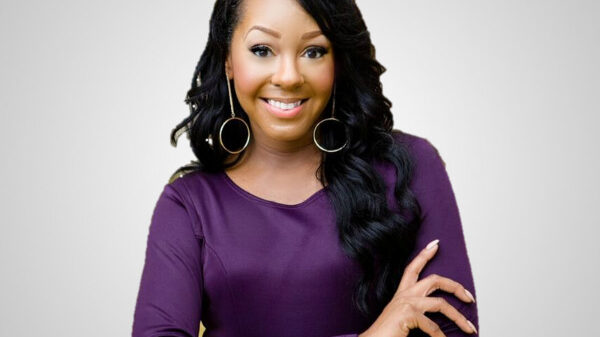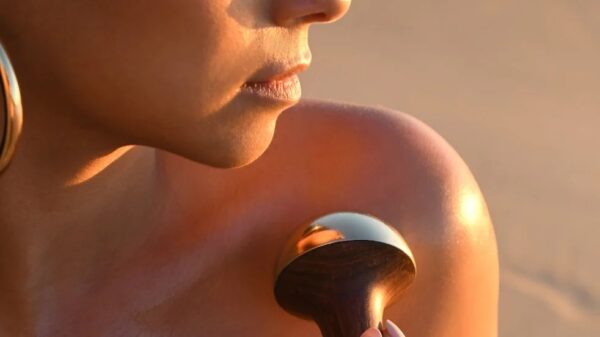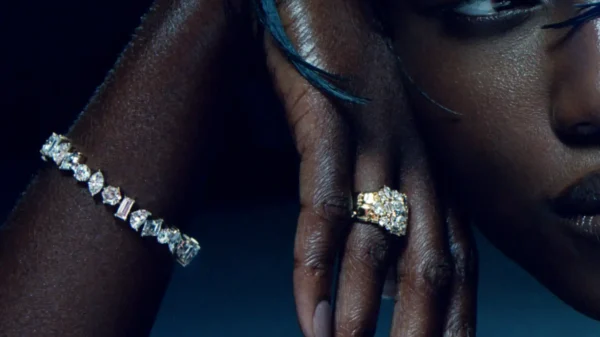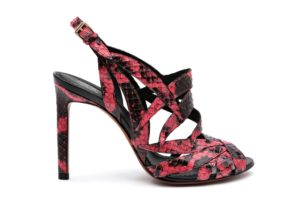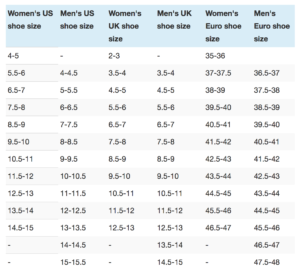Think Your Shoes Are The Right Size? Think Again. Data science and education company BlitzResults.com has released a new tool, designed to help consumers analyze their shoe size, and determine if the size of their shoe could be contributing to pain, discomfort, or even medical problems.
The chart and guide primarily focuses on the different shoes sizes available both in America and internationally in the UK and in the European Union.
Most people have been wearing the same shoe size for a very long time, regardless of changes in foot morphology, and this guide has been made to help individuals reassess their shoe size, to determine if they may need to move to a shoe of a different width or length.
The Size And Shape Of The Foot Change Over Time
Changes in foot morphology are not uncommon, especially after early adulthood has ended. Due to loss or addition of fatty tissue, the feet can become larger or wider. The opposite is also true. After weight loss, or due to the muscle and tissue wasting caused by aging, the feet can become thinner and more delicate.
Changes are also common during pregnancy and may persist after a child has been born. In the Shoe Measurement guide, BlitzResults.com discusses the different sizes of shoe available, in order to help those whose feet are changing understand their proper size.
All of these issues can cause a person’s shoe size to change without an individual realizing it. “You’ve probably been wearing the same shoe size since you were a teenager,” says Tim Lilling of BlitzResults.com. “I mean, I know I did before we developed this tool. But do you wear the same size of shirt, pants, or jacket? Probably not!”
Lilling says that our feet are just as prone to changes over time as the rest of our bodies. “If your size in any other piece of clothing can change, it just makes sense that your feet can, as well. And failing to understand this can exacerbate some major health problems.” He says.
This is especially true among older individuals. Wearing the wrong-sized shoe can cause deformities such as bunions, calluses, infected toenails, flat feet, and plantar fasciitis/keratosis, as well as bone problems. However, properly-sized, wide shoes that are comfortable and fit correctly can help address and prevent these common foot problems.
But children are affected as well. Blitzresults conducted a survey and found that 65% of all kids are wearing shoes that are too small. Tim Lilling, expert at blitzresults.com, tells us that, “Because the sense of touch isn’t fully developed in children yet, they tend to squeeze their feet into shoes that are much too small, they don’t even notice it. Therefore, parents must measure their children’s feet every 2 months.” A measuring guide, useful conversion tools and a lot of information on how to choose shoes with the perfect fit can be found at https://www.blitzresults.com/en/shoe-size/.








